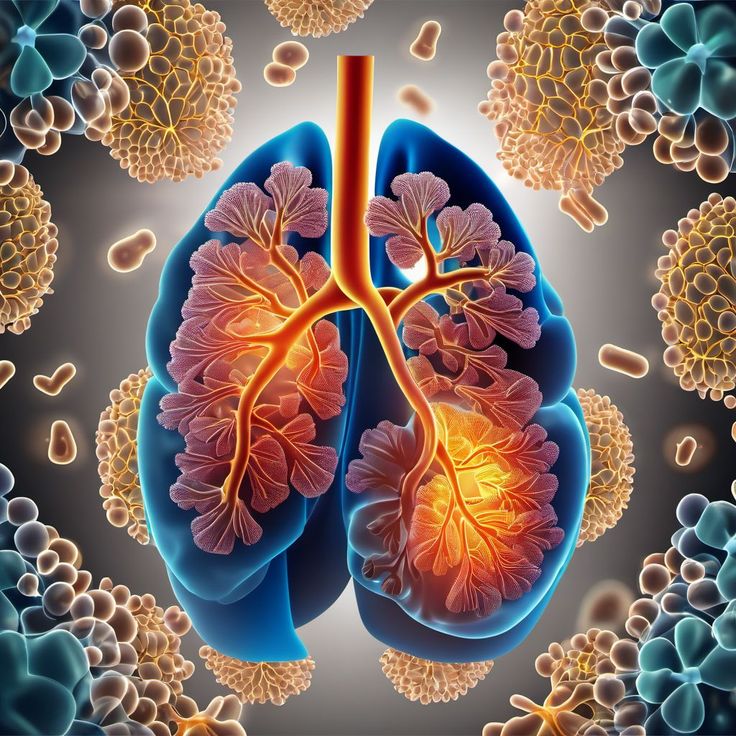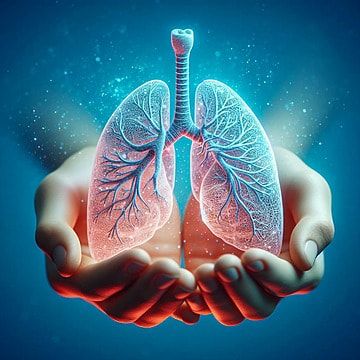Pneumonoultramicroscopicsilicovolcanoconiosis is a rare lung disease caused by the inhalation of very fine silicate or quartz dust, often found in volcanic ash and industrial settings. This term, often cited as one of the longest words in the English language, was coined to describe a specific type of pneumoconiosis, a broader category of lung diseases linked to dust exposure.

Individuals at risk typically include miners, construction workers, and those in environments with high levels of silica dust. Symptoms may manifest as chronic cough, difficulty breathing, and fatigue, often leading to more severe respiratory issues if exposure continues. Diagnosis usually involves imaging tests, such as X-rays or CT scans, and lung function tests to assess the extent of damage.

Preventive measures are crucial for reducing the risk of developing this condition. Employers in high-risk industries must implement stringent safety protocols, including proper ventilation and the use of protective equipment. While there is no cure for pneumonoultramicroscopicsilicovolcanoconiosis, early detection and management can significantly improve quality of life for those affected. Public awareness and education about this condition are essential to safeguard workers and mitigate the health risks associated with dust exposure.
